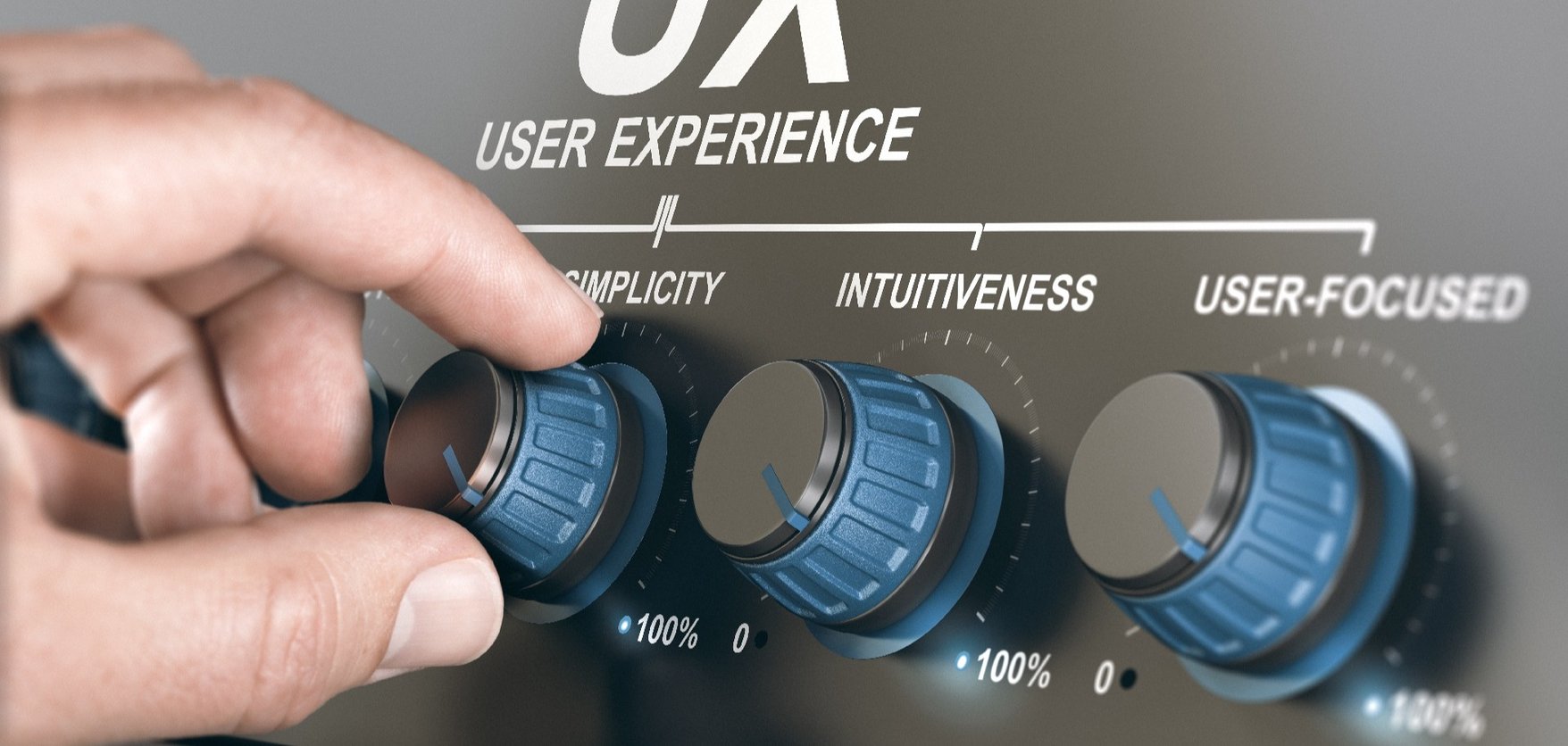UX and Design
Good UX beats training every time
01 July 2023 • 6 min read

“We don’t need UX internally; we can cover all that in training.” It’s a familiar view, but it misses a major opportunity to minimise errors, identify user needs and save your employees’ sanity. James O'Brien, UX Designer and Squad Lead at AND Digital explains.
The rise of user experience (UX) design as a differentiator in consumer software has been meteoric in the past two decades. In 2023, it’s a brave or foolhardy organisation that launches a new digital product to the mass market without engaging in UX design. UX has well-understood benefits for B2C products - it optimises conversion rates, reduces support costs and minimises churn. This has led some organisations to see its commercial properties as akin to marketing, and just like marketing they would never consider applying it to tools they build for internal use. This is a huge missed opportunity.
The most common argument I hear against applying UX to internal tools is “we don’t need UX; we can cover all that in training.” But training is not a magic bullet. It doesn’t override our human tendency to make mistakes, or even our natural tendency to make connections and build mental models according to our past experiences. Plus, training costs money to deliver and impacts productivity while it’s in progress. UX can help us understand how users think and make our tools more productive and more cost-effective to deploy.
UX uncovers needs the business may not know
You may think you understand your internal users’ needs because you understand the outputs you need them to create. For example, many times in my career I’ve been asked to design software for call centre agents. The business knows exactly what scenarios to support, so it should be simple to fulfil the agents’ needs by making everything accessible from a menu, right? Except, whenever we shadow call centre agents, or interview them about their roles, one theme comes up as the top priority every time: speed. Call centre agents hate to keep a customer waiting on a call while they enter data or wait for a slow system to return results. They know this impacts satisfaction metrics more than anything else. However, this is unlikely to fall out of a traditional requirements analysis – certainly not as anything more prioritised than a general performance, non-functional requirement.
There are lots of examples from my experience where observation and contact with the individuals at the sharp end of the process revealed key requirements that the business hadn’t known beforehand.
UX helps minimise errors
I have a personal bugbear that people sometimes say to me, “UX isn’t life and death.” There are some circumstances where it definitely is. The cockpit of an Airbus, the automated prescription system at a children’s hospital, the enhanced cruise control of an electric car. These are all places where a misleading interface or interaction can and has caused loss of life. And yet you couldn’t expect a more highly trained individual to operate a system than a commercial pilot or a heart surgeon.
The truth is we can’t train users out of making mistakes - and trying to get around this by treating every decision as a potential mistake and popping up a dialog box asking are you sure? simply trains users that the most efficient way to get your job done is to ignore all the warnings. Even when that warning, in this particular moment, is screaming the plane is stalling or this is a toxic dose. There may be no such dramatic situations in the tool your organisation is building but there is always the opportunity to make a mistake that harms the bottom line or annoys customers. The design principles baked into UX help us design these opportunities out of the system at source.
Webinar: Understanding New Digital Behaviours Through User Centred Design - Watch here
In the last three years, digital behaviours have changed dramatically. That's why it's more important than ever for businesses to understand digital consumer behaviour and design their products and services accordingly. User centred design (UCD) can help you do just that. In this webinar, we help you understand how putting the user at the centre of your product development process can create better products and services and help you stay ahead of the competition.
UX helps users trust the system
I was working for a client in the travel sector who had a big problem: the queues at their ticket counters could sometimes stretch for hundreds of metres. But the job of selling a ticket should have been simple: find a scheduled departure, assign an available seat, and sell the ticket. Unfortunately, the sales agents had learned not to trust the system. It would occasionally assign an unavailable seat and the ticket holder would be denied boarding. The workaround was to check another system first, then enter the sales system to find the same seat and sell it, then check with a third system that there was only one assignee for that seat. This valid lack of trust meant it now took three times as long to sell a ticket as it should have. That meant the queues were three times as long as they needed to be for a given level of staffing.
We designed a brand new system, which was up to date in real time and gave lots and lots of trust signals to that effect. Not only did we cut the time to sell by two thirds, we actually reduced it further. We improved the service offer to ticket buyers by understanding the sales agents’ mental model and designed a UI that allowed them to see a half-day’s availability at a glance. This enabled a conversation around times and prices that gave customers far more agency. Without the research underpinning our UX process we would never have known that the agents wouldn’t trust a system that wasn’t explicitly up to date, or how to present an information-dense view that would empower them to serve customers faster and better.
UX saves your employees’ sanity
My last point is more philosophical. When our people have no choice over which tools they use, we have an organisational responsibility to make sure those tools are good. Eight hours a day at a job - even a job that’s difficult, complicated and emotionally draining - can be made enjoyable (or at least tolerable) by a tool that feels like it’s helping you work and rooting for you to succeed. Conversely, eight hours fighting a tool that feels like it wants you to do what it wants, not what you need, can destroy your confidence and job satisfaction.
As the hiring market continues to pivot in favour of candidates, the cost of designing tools to be more user-centric diminishes in comparison to the cost of replacing burnt-out staff. Just as UX in B2C products can increase customer retention, good UX can do exactly the same thing internally.
When the UX lifecycle of research, analysis, design synthesis and testing is well-executed, the ROI is real and measurable. Smart organisations are already working to bring those benefits to employees as well as customers. And as more of our jobs are conducted remotely, quality of internal tools will become a differentiating factor between organisations that merely survive in a remote world and organisations that thrive there.



